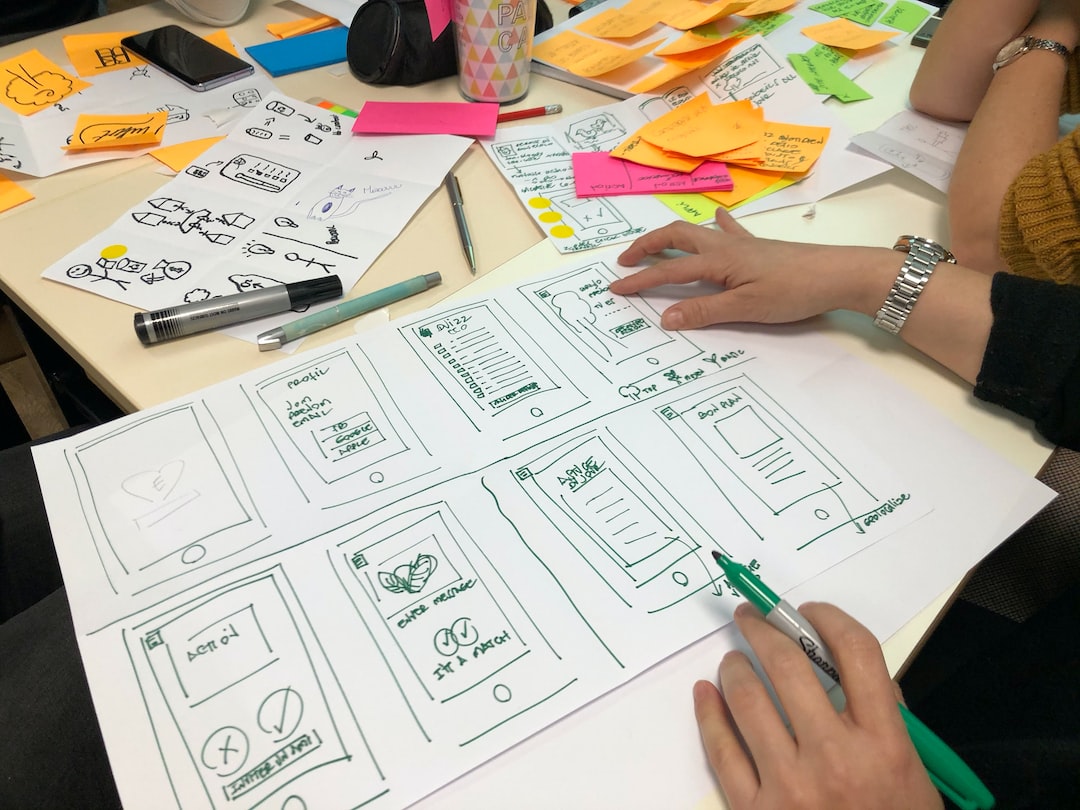The Intersection of Technology and Design: Futuristic Concepts
In today’s rapidly advancing world, the intersection of technology and design has opened up endless possibilities for creating futuristic concepts that were once mere dreams. From smart homes to self-driving cars, innovations in technology have enabled designers to bring to life concepts that were once thought to be impossible. This exciting convergence has revolutionized various industries and continues to shape the world we live in.
One field that has greatly benefited from this intersection is architecture and urban planning. Futuristic concepts in architecture have challenged conventional norms and pushed the boundaries of what is considered possible. Designers are now incorporating advanced technologies like artificial intelligence, virtual reality, and robotics into their plans to create sustainable, efficient, and breathtaking spaces.
One such example is the concept of smart cities. With the advent of the Internet of Things (IoT), cities can now be designed to integrate technology into every aspect of urban life. From smart traffic signals and waste management systems to automated public transportation and energy-efficient buildings, the possibilities are endless. These concepts aim to enhance the quality of life for residents, reduce the carbon footprint of cities, and create sustainable environments that promote well-being.
In the realm of transportation, the intersection of technology and design has given birth to the concept of autonomous vehicles. Self-driving cars are no longer a distant dream but a reality that is fast becoming mainstream. These futuristic automobiles are designed to be safer, more efficient, and less dependent on fossil fuels. The integration of advanced sensors, machine learning algorithms, and sophisticated navigation systems allows these vehicles to navigate roads autonomously, adapting to changing conditions and improving overall traffic flow. This technology has the potential to revolutionize the way we commute and significantly reduce the number of accidents caused by human error.
The healthcare industry has also experienced the impact of futuristic concepts. Technological advancements have paved the way for the development of innovative medical devices and treatments that were once unimaginable. Bioprinting, for instance, is a revolutionary concept that combines the fields of 3D printing and tissue engineering. This technology allows organs and tissue to be printed layer by layer, offering new avenues for personalized and efficient healthcare. Telemedicine is another futuristic concept that has gained popularity, enabling healthcare professionals to remotely diagnose and treat patients using video calls, saving time and resources.
In the realm of entertainment, virtual and augmented reality have taken center stage. The convergence of technology and design has given birth to immersive experiences that blur the boundaries between the real and virtual world. Virtual reality allows users to step into immersive virtual environments, while augmented reality overlays digital content onto the real world. These concepts have the potential to revolutionize gaming, education, and even therapy, providing new ways to interact and engage with the world around us.
As we look toward the future, it is clear that the intersection of technology and design will continue to shape our lives and the world we live in. Futuristic concepts are not just the stuff of science fiction; they are becoming a part of our reality. From smart cities to self-driving cars, advanced healthcare technologies to immersive virtual experiences, the possibilities are endless. It is an exciting time to be a designer or a technologist, as we witness the transformation of dreams into tangible realities. So, buckle up and get ready for a future that is beyond our wildest imagination!

